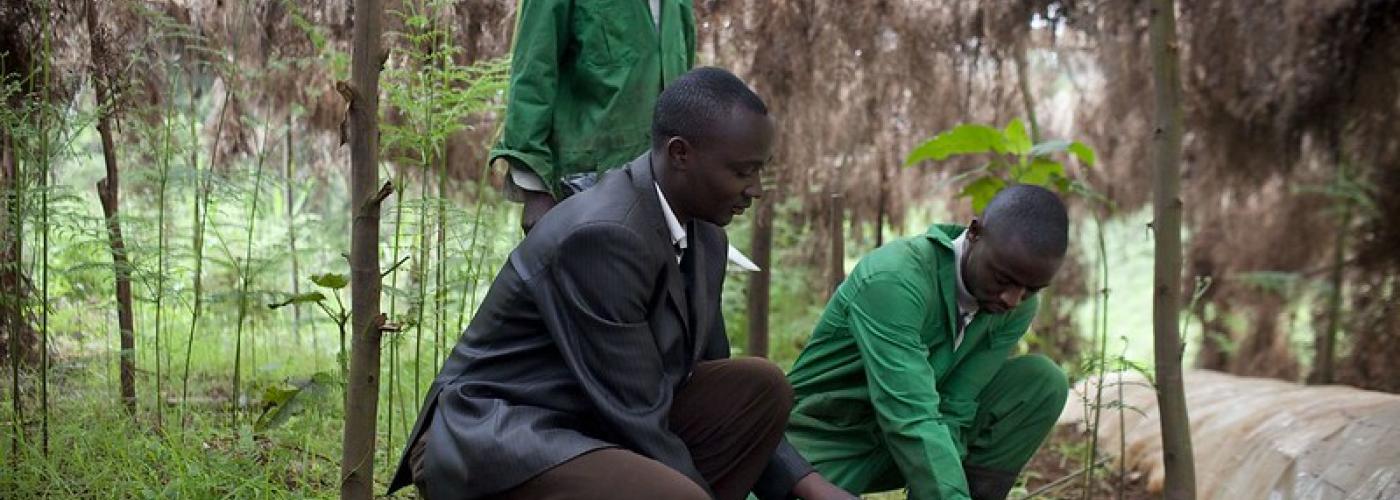Strengthening Kenya's TVET Capacity Through Learning and Adaptation
Image

This post highlights a 2019 CLA Case Competition case study winner. This was originally posted to the USAID Learning Lab and was authored by Ehud Gachugu and Sarah Mattingly.
This case explores the CLA approach of Kenya Youth Employment and Skills Program (K-YES), a five-year program funded by USAID that enhances employment opportunities for unemployed and underemployed Kenyan youth (aged 18-35) who have not completed secondary education. K-YES works in partnership with Technical and Vocational Education and Training (TVET) institutions to improve their capacity, service delivery, partnerships, and sustainability. K-YES also connects youth with tailored financial services, job-search information, and mentorship networks. Throughout their activities, K-YES strives for programmatic learning and adaptation to improve outcomes.
Summary:
Youth unemployment and underemployment is a major development challenge around the world and particularly in Kenya which has one of the highest rates of youth unemployment globally. This case explores the CLA approach of Kenya Youth Employment and Skills Program (K-YES), a five-year program funded by USAID that enhances employment opportunities for unemployed and underemployed Kenyan youth (aged 18-35) who have not completed secondary education. K-YES works in partnership with Technical and Vocational Education and Training (TVET) institutions to improve their capacity, service delivery, partnerships, and sustainability. K-YES also connects youth with tailored financial services, job-search information, and mentorship networks. Throughout their activities, K-YES strives for programmatic learning and adaptation to improve outcomes.
K-YES applied CLA approaches in capacity development efforts for 27 heterogeneous Vocational Training Centres (VTCs), the type of targeted TVET institutions, to ensure continuous learning and adaptation in order to enhance training and employment outcomes. A systematic, collaborative, and evidence-based organizational development approach supported the VTCs to develop institutional strengthening plans to guide their capacity enhancement and implement their own CLA activities.
Application of a CLA approach has resulted in strong outcomes including increased youth enrollment, improved quality of services at VTCs, and improved financial capacity and sustainability among VTCs. Equally important, the CLA approach, including adaptive management, has cascaded to operations and management of the VTCs. The VTCs are now able to identify areas of learning and design collaborative processes that ensure inclusive decision making and collective learning, which are key ingredients for sustainability and self-reliance.
The full case study is available to read and download below.

